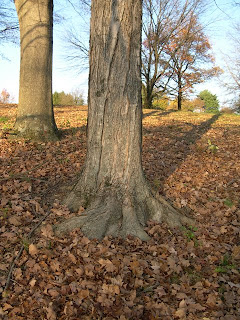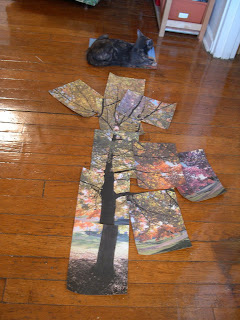This busy week has just flown by. And before things get away from me, I should make some notes about how certain local ideas are developing.
I'm still in the planning stages of curating a show about the psychogeography of this place. It's important to me that the work included not just be some sort of illustration of Situationist theories, but nuanced in such a way to include personal or public memory, etc. The work also needs to have been mediated through some sort of representational artifice. I know that sounds vague and wordy, but that's the best language I have for it right now as I imagine the project at this stage. The work and the artists will give the ideas shape, and my critical language will form around that. I don't want to limit the progress of the show by solidifying the criticism before the work has a chance to come into being. This is more of a conversation between my ideas and those of the artists, and as a conversation these things will unfold as conversations do – intuitively.
Related to the ideas, last Friday I attended a talk by Jack Neely at
The Art Gallery of Knoxville – part of the
CUP "Building Communities" exhibit. Neely’s talk, "The Knoxvilles that Never Were," was an interesting walk through the history of many of the failed utopian communities that were started in and around the area. Unfortunately, I didn't pick up a copy of Neely's article on the subject and don't have the factual info in front of me and can't find it on-line, so the details of what groups formed what communities and where they were located have escaped me. I do remember there was a German community that became what is now Wartburg and another area featuring a fountainhead with pure running water and clean living with no visible saloons that became Fountain City.
Alcohol has had an enormous impact on how the city of Knoxville has formed itself. So much of the shape of the city was and continues to be determined by alcohol driven commerce coming up against religiously fueled prohibition laws. If I understand correctly, Knox County is still a dry county as many counties are in this part of the Bible Belt.
The "Splatted Spider" shape of the city shown halfway down in
Neely's Metro Pulse article shows that impact. I'm really drawn to this graphic cutout; as a representation, it says what needs to be said very eloquently, I think.
So Neely's slant on nostalgia was an interesting one and I enjoyed the talk. I am ever fascinated by the idea of failed utopias, and just basic over-reaching and falling short... something of a truth of the times and the place, I suppose.



